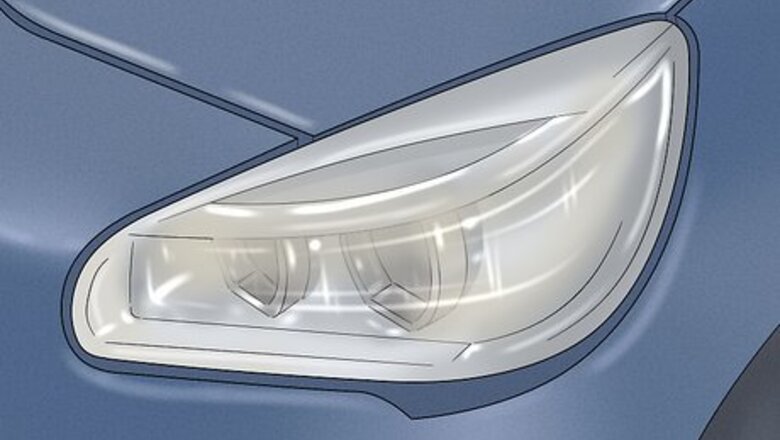
views
X
Research source
This can cause your headlights to become dim, which can be dangerous. Luckily, it’s easy to restore your headlights yourself with a headlight cleaner!
Using a Glass Cleaning Solution
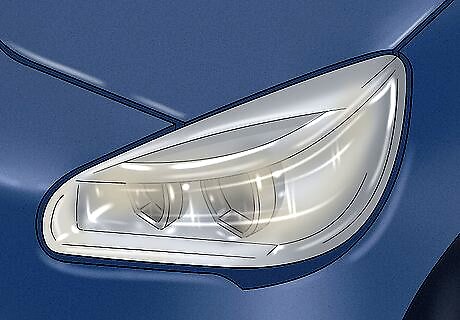
Determine whether the damage to the lens is on the outside or on the inside (if inside you may notice moisture, and you may need to remove the lens, if possible and/or drain and dry it). Before trying any of these steps, try a "Headlight Deoxidizer" which will save time and is non-abrasive. Some of these steps may be unnecessary depending upon the damage or oxidation of your headlight lenses. Some headlights will require more work and some may be so bad that replacement is a better option.
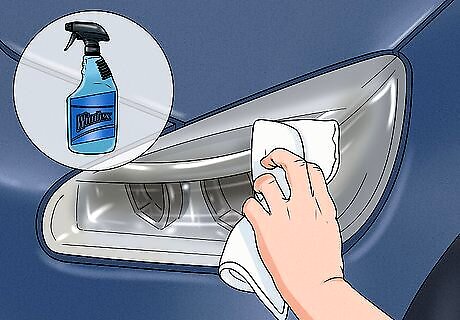
Try cleaning the lens with a glass cleaning solution like Windex if damage is on the outside of the lens. You can also use a watered-down degreaser to clean the headlight lenses.
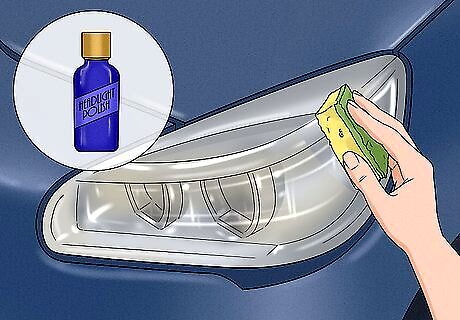
Follow this with a car polish or plastic polish available anywhere. Use a microfiber pad to polish the headlights.

Follow directions on the polish bottle and do not apply in sunlight. Be sure not to get it on black, rubberized plastic parts as it will make a white film that is hard to remove.

Use a rotary buffer to make this process faster and obtain better results. To make this repair last longer seal with car wax or silicone sealer.
Using Masking Tape

Get a lens repair kit. Easy-to-use kits like the lens repair kit from 3M are available at local automotive retailers. Tape, sandpaper, lens polish and directions are included, and there's an online video that shows you how to do it.
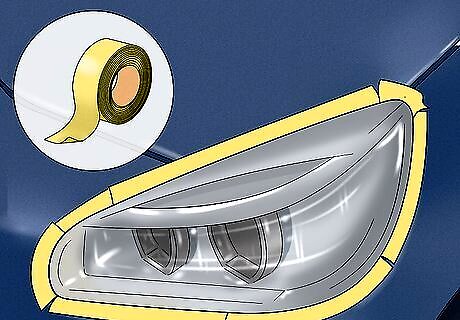
Mask around the headlight. Protect your car's finish with masking or painting tape. Don't use duct tape as it can ruin or lift the paint off your car.

Clean the headlight lens. You can use sandpaper, but remember sandpaper scratches. If your lens has heavy/severe discoloration with apparent scratches/imperfections, this requires a rougher grit sandpaper, like the 600 grit. If the headlight lens has light discoloration with no apparent scratches, start with at 2500 grit. Whichever grit you use, you want to wet the sandpaper in a bucket or cup of soapy water. Wet the rag with a commercial plastic lens cleaner or degreaser. Make sure you wet the rag instead of spraying the headlight; this keeps the spray from getting on the paint. Wash the lens with a clean rag or a shop towel.
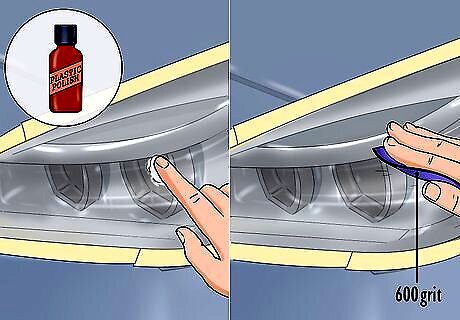
Remove oxidation. Dip one finger into a plastic polish or a compound designed for plastic. With the lens still wet, apply the polish evenly over the entire headlight. Grab a sanding sponge or a soft hand pad and take out the starting sandpaper which you decided earlier, in most cases, the 600 grit sandpaper. Fold the sandpaper in three around the Soft Hand Pad Or Sanding Sponge. Dip the sponge and sandpaper into the soapy water. Sand, using a side to side motion, applying even pressure, periodically wetting the sponge and the sandpaper in the soapy water. (Avoid contacting paint and other surrounding surfaces.)
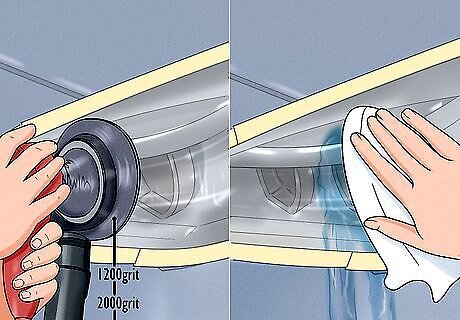
Sand while keeping the surface wet. Continue the sanding process using a 1200 grit paper, then even finer 2000 grit and finally 2500 grit sandpaper to remove scratches left by the previous grit. Apply the plastic polish/ compound after sanding with the 2500-grit sandpaper. This time, let it haze, then buff/wipe off with a shop towel. Clean the lens with a plastic lens cleaner or soap and water. This is to remove any polish residue.
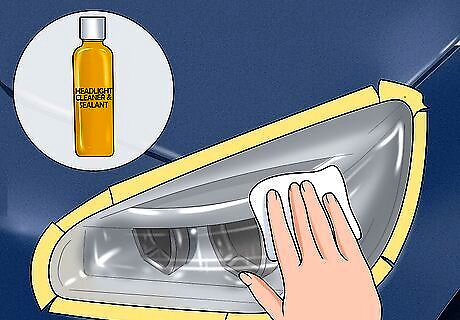
Apply wax (protectant) to the headlight lens when the lens is clear. If you are not satisfied with the clarity of the lens, repeat Steps 1 – 5 until the lens is clear. Seal the lens with wax or silicone sealer. Fold a shop towel into four and squeeze a quarter-sized amount of wax or polish onto it and let it soak in for a few seconds. Apply to the lens using a single stroke going from left to right gradually working your way down the entire lens.

Check for clean headlights. Remove the masking tape. The headlight repair is complete and you should now have clean headlights that look as good as new and restored optical clarity for safe night driving.
Using Toothpaste
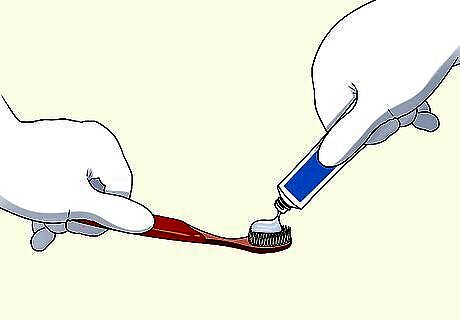
Try any toothpaste, including a gel type; wear rubber gloves. Almost any kind — especially whitening ones — have an abrasive such as silica, other fine grit or soda.
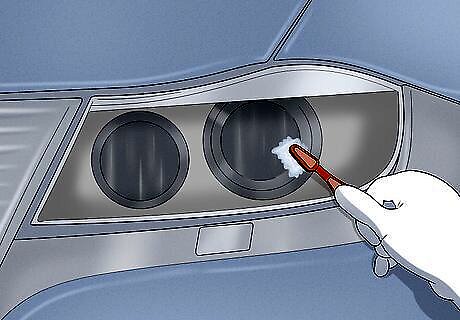
Wash your headlight lenses to clean of grit and road film.
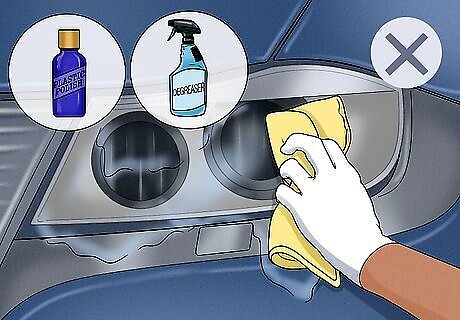
Avoid getting any of the cleaner or polish on paint, chrome, plastic or rubber. Be careful and consider masking tape and plastic sheet over the other surfaces to be protected.
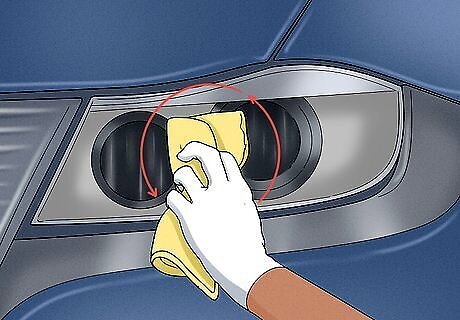
Rub on dabs (not great gobs) of toothpaste with a dampened soft cloth or towel to the cool lens, rubbing in a circular motion in part of the headlight that needs it. Remember to work on the edges if dulled or scratched.
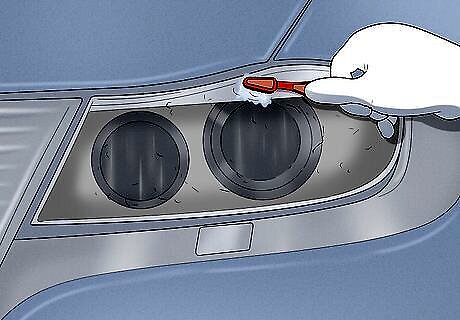
Add toothpaste as needed. Use enough paste and enough pressure to rub out the scratches; so, don’t rub too lightly. As you work you will notice the plastic getting clearer.
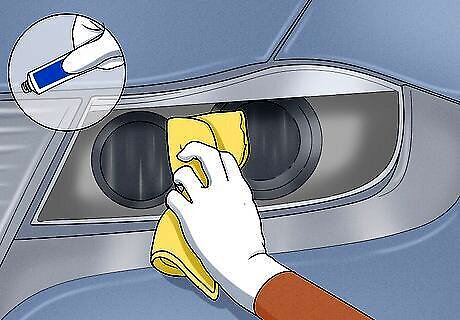
Increase the amount of water to toothpaste and cloth, as it begins to appear better. For each headlight you need to spend about 3, 4 or 5 minutes.

Notice if it seems about as clear as it will get; stop rubbing, wash off and rinse with clean water and dry with a paper towel, or cloth.
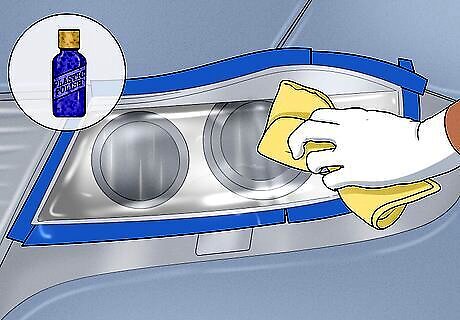
Wax or polish to seal the plastic, protecting and making it glossy.




















Comments
0 comment